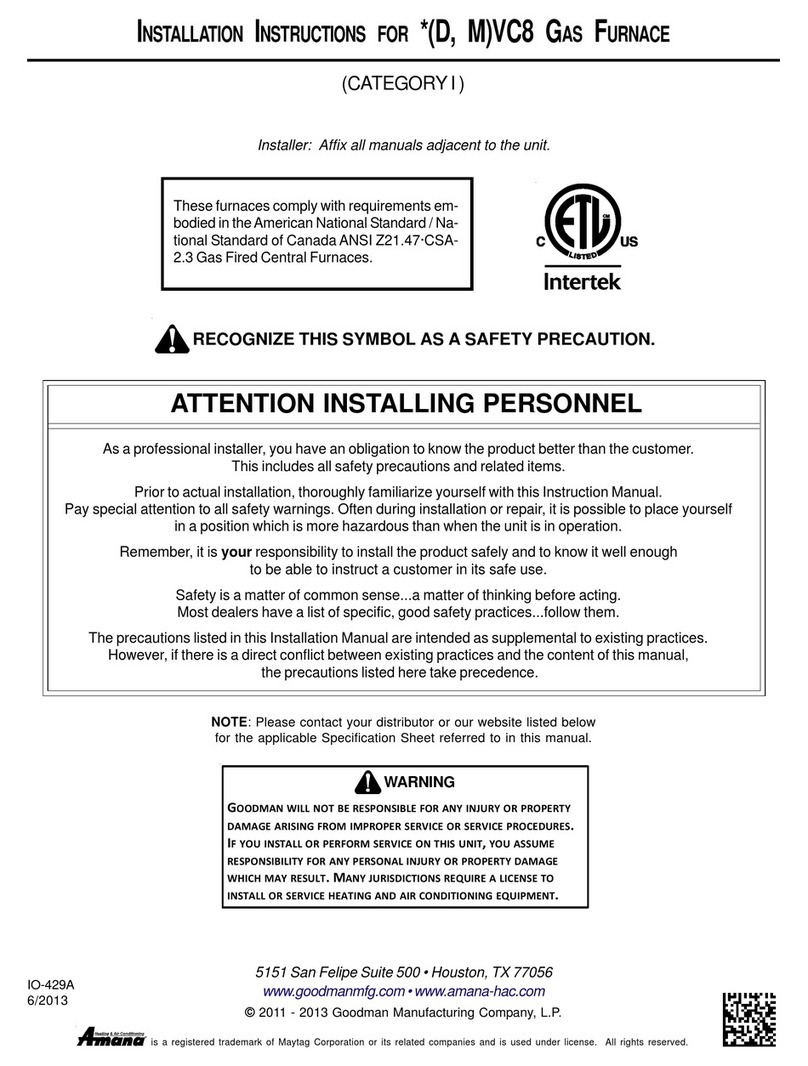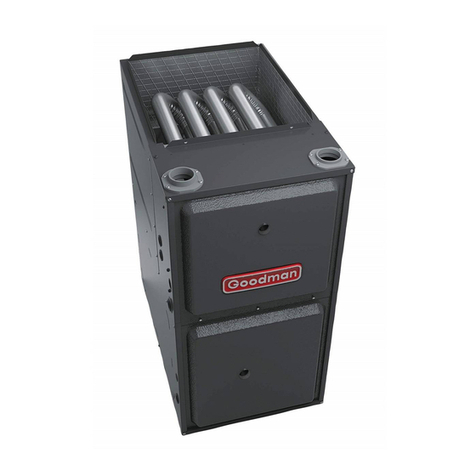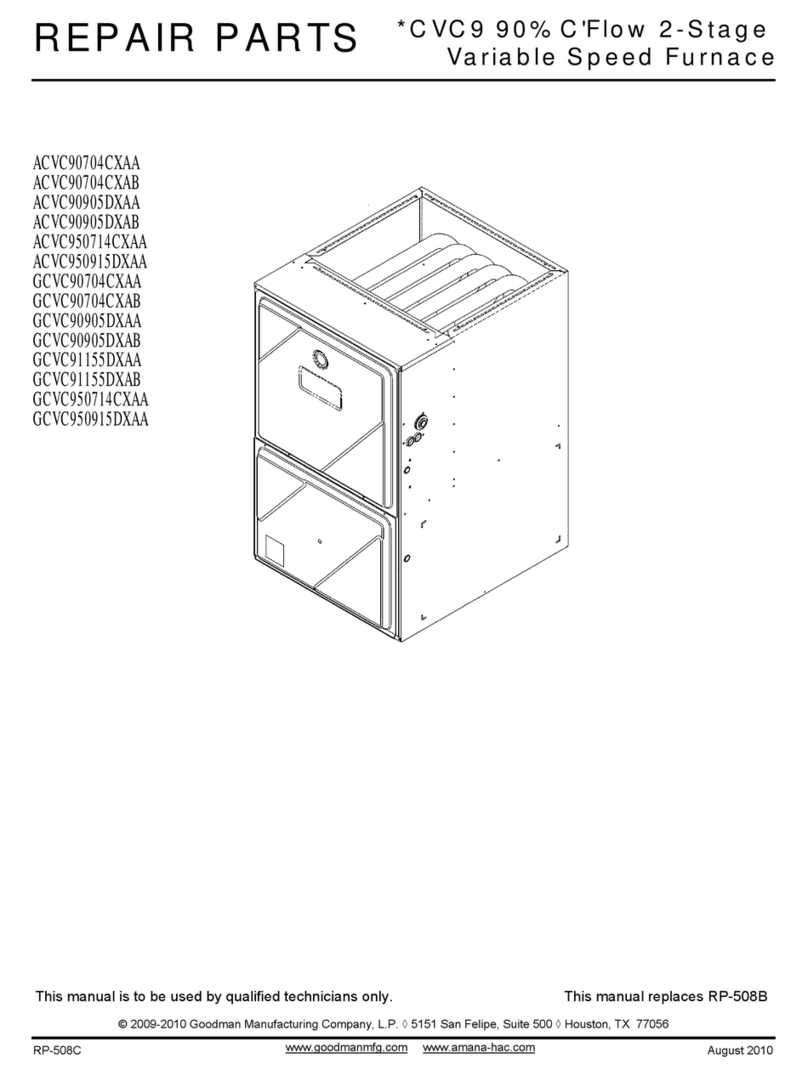Goodman GDH8 User manual
Other Goodman Furnace manuals

Goodman
Goodman ComfortNet ACVC9 User manual
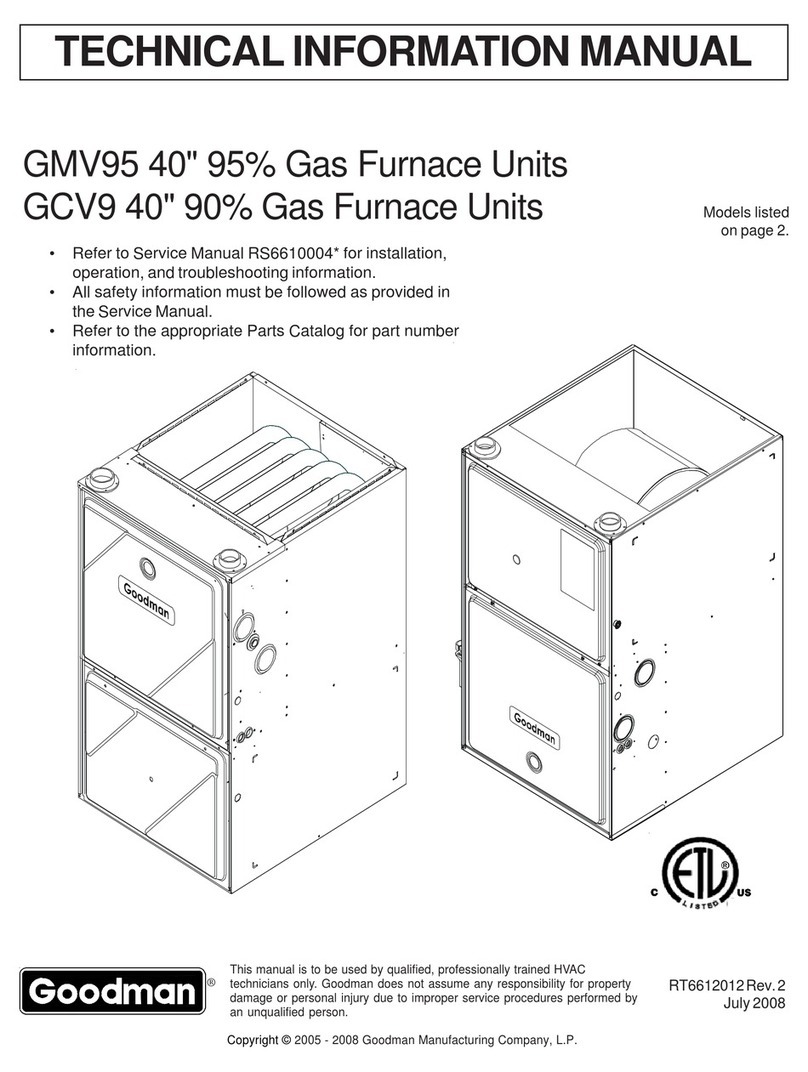
Goodman
Goodman GMV950453BX Series Technical document

Goodman
Goodman GMH95 User manual

Goodman
Goodman GMEC96 Guide
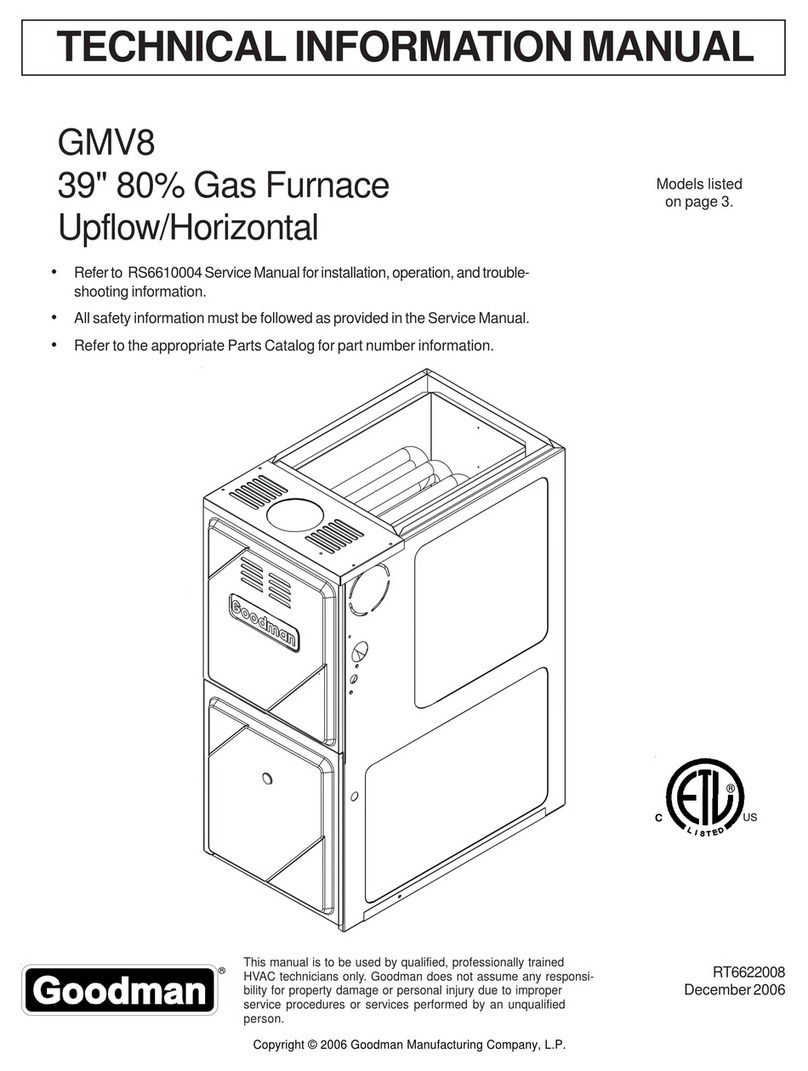
Goodman
Goodman GMV8 Technical document
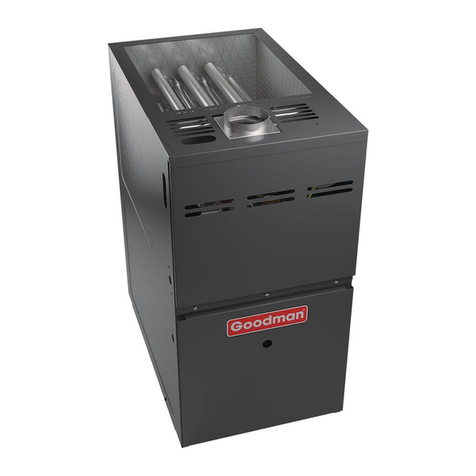
Goodman
Goodman GME8 User manual
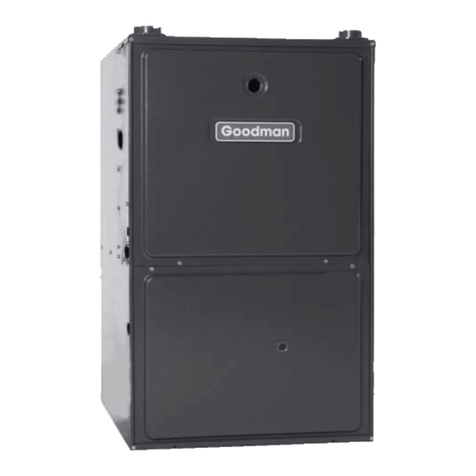
Goodman
Goodman GMS9 User manual
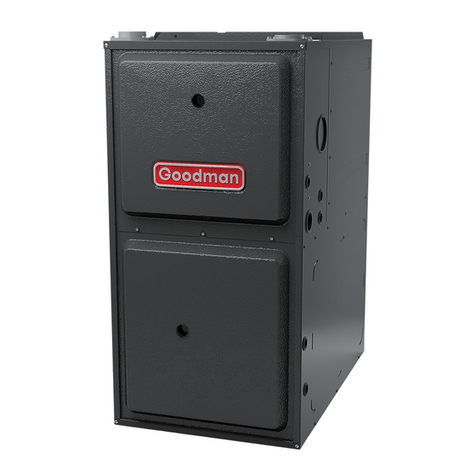
Goodman
Goodman GKS9 User manual
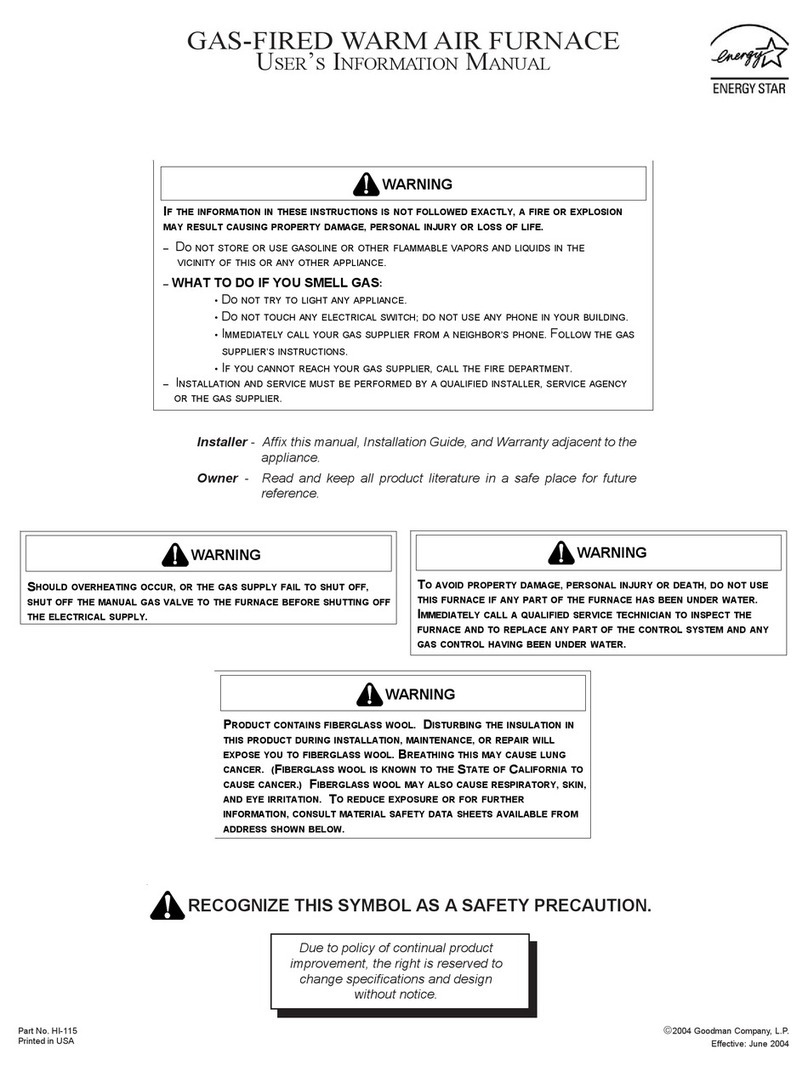
Goodman
Goodman GAS-FIRED WARM AIR FURNACE Guide
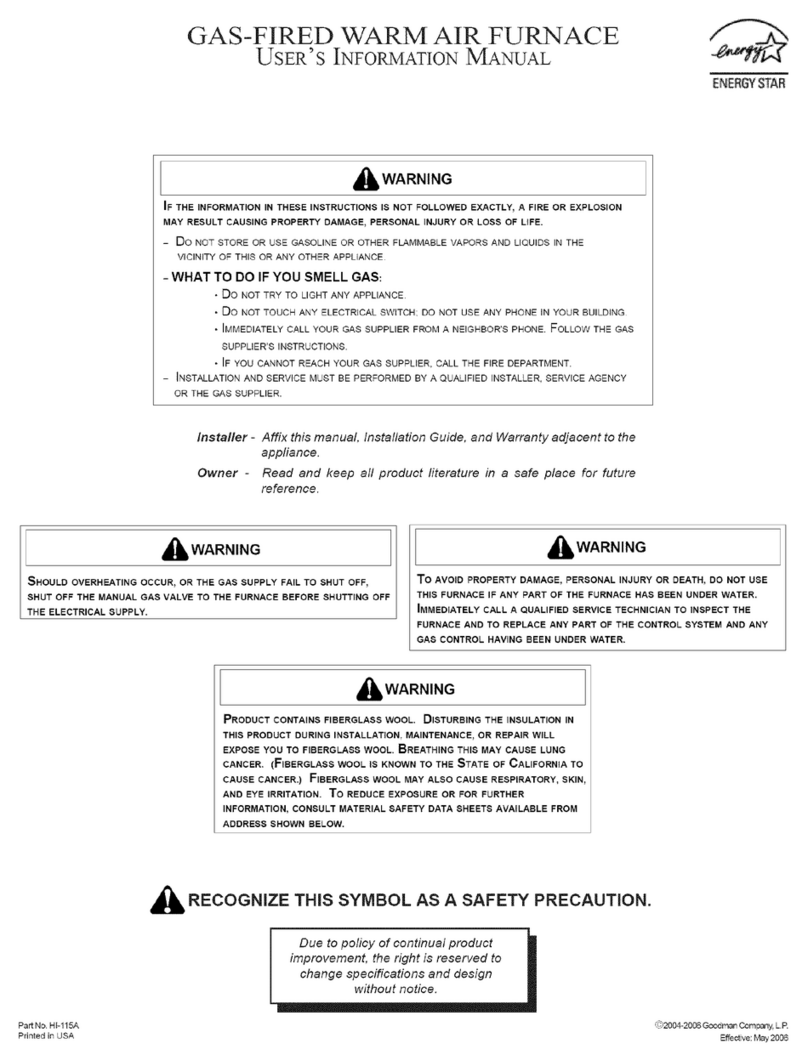
Goodman
Goodman HI-115A Guide
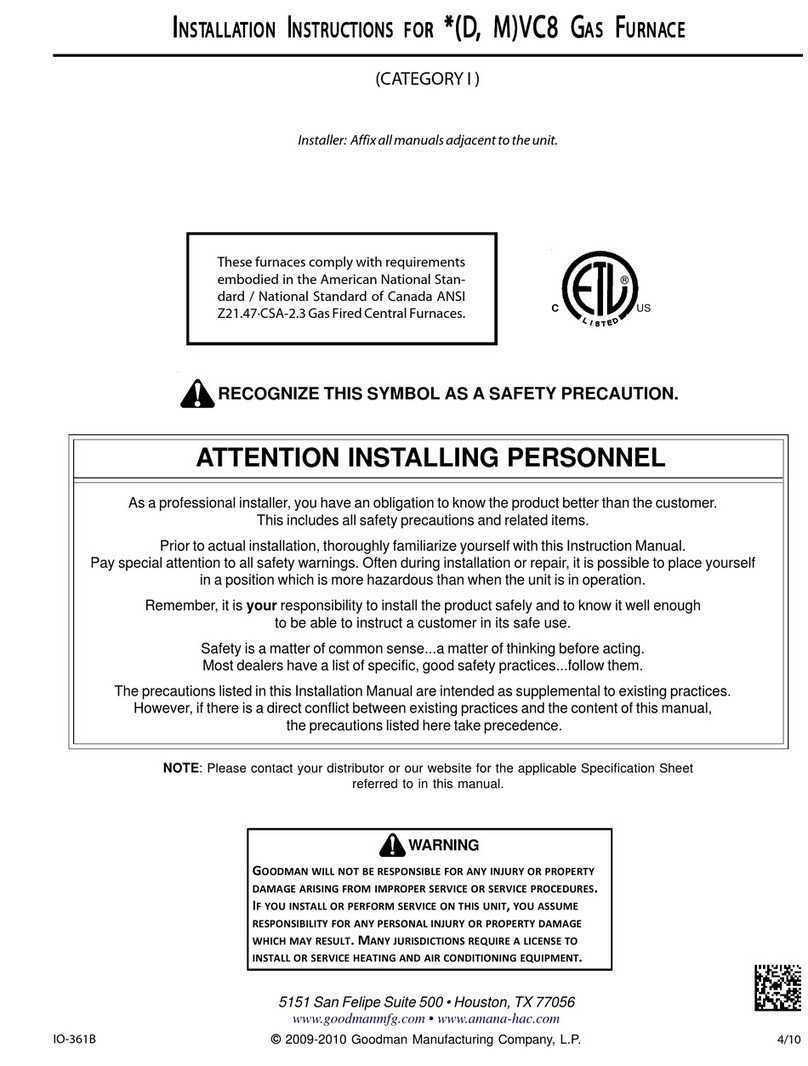
Goodman
Goodman GDVC80703B User manual

Goodman
Goodman GMV95 Series Technical document
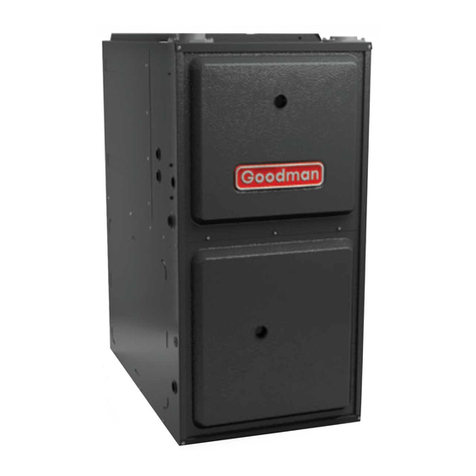
Goodman
Goodman GMEC96 Guide
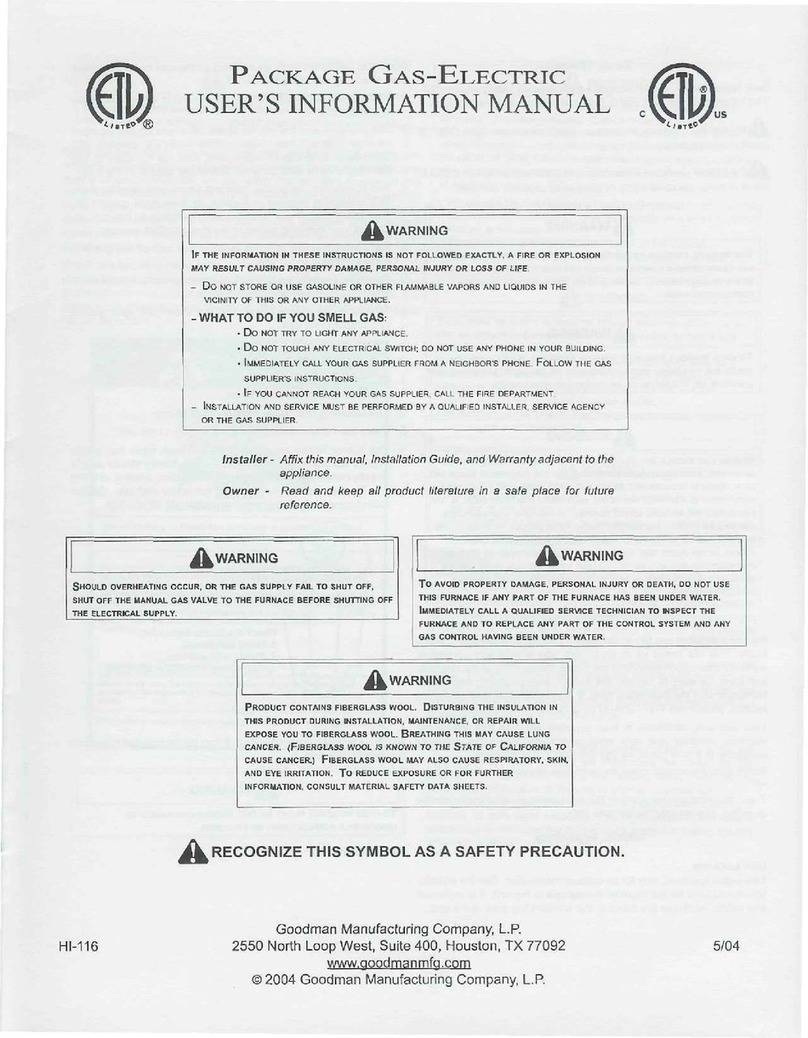
Goodman
Goodman GPG10360901A Guide
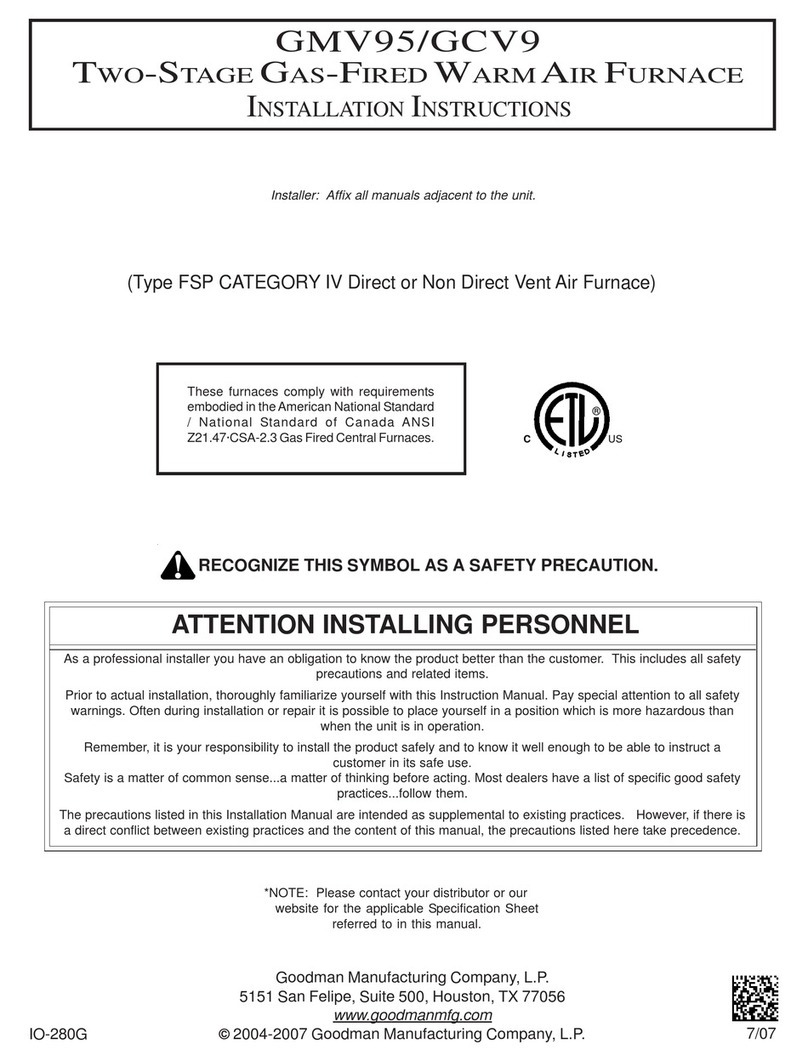
Goodman
Goodman GMV95 Series User manual

Goodman
Goodman GMV9 Manual

Goodman
Goodman GM9S80-U Series User manual
![Goodman [A/G]PG Operating instructions Goodman [A/G]PG Operating instructions](/data/manuals/19/o/19o17/sources/goodman-a-g-pg-manual.jpg)
Goodman
Goodman [A/G]PG Operating instructions

Goodman
Goodman GKS9 User manual

Goodman
Goodman GMS95 User manual
Popular Furnace manuals by other brands

Unitary products group
Unitary products group AHV8 UH installation manual

VERDER
VERDER CARBOLITE GERO RHF 14/8 Installation, operation and maintenance instructions

Tempstar
Tempstar B Series Service and technical support manual

Carrier
Carrier Performance 59SP5A Installation, start-up, operating and service and maintenance instructions

Armstrong
Armstrong EG7H SERIES Installation and maintenance instructions

Payne
Payne PG92ESA Installation, start-up, operating and service and maintenance instructions

NANOE
NANOE Zetasinter Operation manual

SUPREME
SUPREME FEM10-M2301CM-A Installation instructions and homeowner's manual

Johnson Controls
Johnson Controls TM9T User's information manual

Fluke
Fluke 9118A user manual

Lennox
Lennox EL195UHE Elite Series Unit information

Intertherm
Intertherm M7RL Series user manual

HDG
HDG Pelletmaster 15 Operation manual

Nortek
Nortek MG2S Series installation instructions

VERDER
VERDER CARBOLITE GERO ABF 8/28 Installation, operation and maintenance instructions

SUPREME
SUPREME SUP10-M2301C Installation instructions and homeowner's manual

Dettson
Dettson AMT400B34-SM1PMA Installation instructions and homeowner's manual

Evcon
Evcon DGD 60 MBH installation instructions
